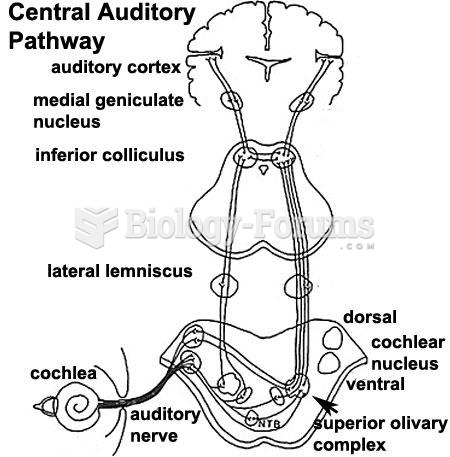Answer to Question 1
Answer: Profiles are the competencies, traits, knowledge and experience needed for a position. Talent management involves using the same profile for recruiting as for selecting, training, appraising, and paying the employee. Profiles can play an important role in employee selection. Managers can use a job's profile to formulate job-related situational, behavioral, and knowledge interview questions when selecting someone for a job or set of roles. Selecting employees based on a specific profile helps to ensure that an employer focuses questions on the things that someone must be proficient at to do the job successfully.
Answer to Question 2
a. Protecting the National EconomyProponents argue that firms in advanced economies cannot compete with those in developing countries that employ low-cost labor. Activists also call for trade barriers to curtail imports of cheap products, fearing that advanced economy manufacturers will be undersold, wages will fall, and home-country jobs will be lost. Therefore, the argument goes, governments should impose trade barriers to block imports.
b. Protecting Infant IndustriesIn an emerging industry, companies are often inexperienced and lack knowledge of the latest technologies. They may also lack the scale typical of larger competitors in established industries abroad. Therefore, an infant industry may need temporary protection from foreign competitors. Accordingly, governments can impose trade barriers on foreign imports, ensuring young firms a large share of the domestic market until they are strong enough to compete on their own. Protecting infant industries has allowed some countries to develop a modern industrial sector.
c. Protecting National SecurityCountries impose trade restrictions on products viewed as critical to national defense and security, such as military technology and computers. Trade barriers can help maintain domestic productive capacity in security-related products, such as computers, weaponry, and certain transportation equipment.
d. Protecting National Culture and IdentityIn most countries, certain occupations, industries, and public assets are seen as central to national culture and identity. Governments may impose trade barriers to restrict imports of products or services seen to threaten such national assets. Switzerland has imposed trade barriers to preserve its long-established tradition in watchmaking. In the United States, authorities opposed Japanese investors' purchase of Pebble Beach golf course in California and the Seattle Mariners baseball team because these assets are viewed as part of the national heritage.







